2-Weeks-Old Baby
2-Week-Old Baby
He may be tiny, but your little bundle of joy sure can eat a lot.
Feed me, Mommy and Daddy!
Highlights
At 2 weeks old, your baby will probably hit the first of many growth spurts, so get ready for a more demanding, hungrier, yet still adorable newborn.
If you’re having any trouble feeding baby or keeping up with his seemingly insatiable appetite, check in with your pediatrician. And if your baby doesn’t seem to be getting enough milk, talk to the doctor about what to do then too.
Baby’s sleep is still bound to be pretty erratic at this early stage, so try to pace yourself, rest when you can, and ask for help where you can get it. Just remember to take care of yourself too, as you’re still in recovery and adjustment mode.
Here’s what else to expect from your 2-week-old baby.
Your 2-week-old baby's development
Week 2
Baby’s Development

It may not seem like your baby is doing much of anything these days — besides eating, sleeping and pooping.
But he’s actually using his baby brain plenty, cycling between intently watching his surroundings and spending time in a drowsy phase, when baby’s either about to fall asleep or just waking up.
Watch carefully, and over time you’ll be able to respond to your baby’s different states of mind.
Though your baby seems like a helpless newborn, he’s making lots of developmental strides this week, including being able to focus on a face with his sweet little eyes.
And speaking of those eyes, it’s too early to know for sure what color they’ll end up being. A baby’s true eye color doesn’t usually make itself fully known until somewhere between 6 and 9 months, and can keep changing until as late as his third birthday.
Your 2-week-old baby’s growth
You can start posting those weight-gain bulletins beginning this week.
Most babies will have regained or surpassed their birth weight by 10 to 14 days of life, thanks to all the feeding they’re doing — whether that nutrition comes from the breast or the bottle.
Some babies who get off to a slow start in the breastfeeding department may take a little longer to put on the pounds, but as long as your baby’s doctor isn’t worried, you shouldn’t be either.
Just make sure you’re feeding your little one every two to three hours, counting from the start of one feed to the start of the next.
At a Glance

Sleeping basics
Newborns up to 3 or 4 months old need 14 to 17 hours of sleep in a 24-hour period, usually waking every two to four hours to eat.

Feeding basics
Breastfed babies should eat as much as they want at this age, but a general rule of thumb is roughly 16 to 24 ounces of breast milk or formula in 24 hours.

Did you know?
Most lighter-skinned babies are born with dark blue or slate-colored eyes, and most darker-skinned babies arrive with dark brown eyes.
Your 2-week-old baby's growth

You can start posting those weight-gain bulletins beginning this week.
Most babies will have regained or surpassed their birth weight by 10 to 14 days of life, thanks to all the feeding they’re doing — whether that nutrition comes from the breast or the bottle.
Some babies who get off to a slow start in the breastfeeding department may take a little longer to put on the pounds, but as long as your baby’s doctor isn’t worried, you shouldn’t be either.
Just make sure you’re feeding your little one every two to three hours, counting from the start of one feed to the start of the next.
Your 2-week-old baby's health

Average newborn weight
There’s a wide range of healthy weights when it comes to newborns, but in general, babies born full-term tend to weigh between 5 pounds 11.5 ounces and 8 pounds, 5.75 ounces.

Safe sleep for newborn and babies
The safest place for your newborn to sleep is in a bassinet or crib in your room — not in your bed. Always put baby flat on his back to sleep, at least until he turns 1.

Circumcision care
If your baby boy has been circumcised, it usually takes about seven to 10 days to heal. Gently clean the area during each diaper change using warm water.

Umbilical cord infections
While rare, an infection of the umbilical cord known as omphalitis needs medical attention. It usually appears after the umbilical cord is cut or a few days after birth.

Cross-eyed baby
Newborns’ eyes often look as if they’re crossed, in part because they’re born with extra skin folds in the inner corners and in part because they don’t have full muscle control yet.
Postpartum & new baby tips
Low milk supply?
If you’re breastfeeding, you may experience poor milk supply. Since adequate supply is fueled by adequate demand, anything that hinders the latter can lead to a problem.
Common culprits include:
- Supplementing. If you’ve added formula to the menu, your baby will take less milk from your breasts, which in turn may cause your breasts to produce less milk.
- Less frequent feedings. Stretching out the time between meals (to four hours, for instance) may be easier on a new mom, but it can mean your breasts won’t be stimulated often enough to produce an adequate amount of milk.
- Short feedings. If you cut nursing sessions short (five minutes on each breast, for example), not only won’t your baby get the fattier (and most nutritious) hind milk, but your breasts won’t be sufficiently drained. And without sufficient emptying, they won’t be stimulated to produce more.
- Pacifiers. For some babies, time spent sucking on a pacifier means less time or inclination to suckle at the breast, which could mean less milk production.
Thumb-sucking baby
It’s perfectly natural for newborns to give thumb-sucking a big thumbs-up — for now. Here’s why:
- Babies are born to suck. Sucking is a normal reflex for babies. So it’s definitely a good thing that your baby has figured it out.
- Sucking calms down your baby. Even when you’ve just finished feeding your baby, he might still clamor for more sucking action.That doesn’t mean he’s ready to chow down again. In addition to suckling to fill their tummies, babies need “nonnutritive” sucking, the kind that soothes them. It’s the whole reason we have pacifiers in the first place — sucking helps a baby calm down. Some babies like nonnutritive sucking more than others.
- Thumbs are always at hand. There’s a reason your baby’s already going to town on his thumb: Like Mount Everest, it was there. Of course, the first few times were probably just accidental taste tests, but when your baby figured out how comforting his thumb was, he soon found out how to get it into his mouth on purpose.
Abdominal or perineal pain?
While most of the initial intense discomfort usually passes within seven to 10 days postpartum, many women feel the lingering effects of childbirth for weeks after delivery.
You may find it uncomfortable to sit after a vaginal birth or bend over after a C-section, for instance.
If you’ve had a vaginal birth, the entire perineal area and rectum may be swollen for a few weeks.
You can expect the site of any stitches (either from a perineal tear, episiotomy or C-section) to be sore and sensitive for about that long too. Itchiness around the stitches or scar is also common.
Bowel movements may be uncomfortable for a number of weeks, too, so be sure to drink lots of fluids and step up the fiber in your diet so you won’t have to strain. You might also want to ask your practitioner about using a stool softener.
Your practitioner has probably put the brakes on sex until around six weeks postpartum. But while you’re waiting for the green light to get busy, try to put that time — and your pelvic muscles — to good use.
Resume Kegel exercises to stimulate circulation, speed healing and restore good muscle tone. This way, when you do have sex again, you’ll enjoy it more — though probably not right away.
Most of all, relax and give yourself time to heal. Full recovery won’t occur overnight, but it will happen eventually.
Baby’s soft spots
There are actually two on your baby’s head, and they are technically called fontanelles.
Baby’s soft spots serve two important purposes: First, they helped your infant’s skull to shift and mold so it could fit through the birth canal (thank goodness), and second, they allow room for your baby’s brain to grow (very!) rapidly during the first year.
The larger and more prominent soft spot, the anterior fontanelle, is on top of your newborn’s head. It’s shaped like a diamond and can be up to 2 inches across. It’ll start to close when your baby is about 6 months old and be completely closed by 24 months.
The second, or posterior, fontanelle is much smaller and harder to find. It’s on the back of the head, triangular in shape and only about a half-inch in diameter.
While protecting your baby’s head (no bouncing or shaking) is wise, the good news is that it’s much less fragile than it seems.
Those soft spots are covered by strong membranes that do an excellent job of safeguarding the brain. Two (rare) signs of trouble: A sunken fontanelle could be a symptom of dehydration, and a constantly bulging one could indicate pressure on the brain. In either case, contact your baby’s doctor.
Bottle-feeding tips
If you’re formula-feeding or pumping, keep in mind that when introducing the bottle, some babies take to it like a fish to water, while others need a little more practice —and coaxing — to get sucking down to a science.
These how-to-bottle-feed tips will help you get started:
- Have several bottles at the ready in your fridge so your hungry honey doesn’t get his crank on waiting for supper.
- Sterilize nipples and bottles the first time out. New bottle-feeding gear should be boiled for five minutes in a pot of water (or use a store-bought sterilizer). After that, just wash bottles and nipples in hot, soapy water or in the dishwasher. You may need to sterilize them more frequently if your baby was born prematurely, has an immune system disorder or has been sick.
- Enjoy the bonding experience. Don’t let anyone tell you otherwise — you can absolutely bond while bottle-feeding, with plenty of cooing and skin-to-skin contact.
Eat nuts for energy
Chances are you’re often exhausted these days, so noshing on nuts will give you a quick burst of energy. The protein, fiber and healthy fats packed into these little shells make them fantastic fatigue-fighters.
They’re a bit on the high-calorie side, though, so stick to a third of a cup or an ounce-and-a-half per serving. And reach for walnuts, almonds, cashews or pistachios because they have a healthier fat profile than, say, macadamias or pecans.
Eat them out of your hand or spread 2 tablespoons of peanut, cashew or almond butter on a piece of whole wheat toast for an extra energy boost.
Conquering postpartum constipation
Blocked up? Try these tips for postpartum constipation:
- Eat high-fiber grains. Opt for whole grain cereals, breads, brown rice and anything made with bran, oat bran or flaxseed.
- Make a date with raisins, figs, dried apricots and prunes. Toss your dried fruit with nuts for a good boost of omega-3s — and some extra constipation-fighting muscle.
- Nibble on crunchy fresh fruits and vegetables, and rough things up even more by leaving the skins on.
- Cook up a pot of legumes, such as lentils or black beans, and add them to soups, salsas or salads.
- Avoid refined foods such as white rice and white bread, and go for the (whole) grain instead.
- Drink at least eight glasses of water a day. Nothing unclogs like fluids, so make sure you’re getting enough. Some women find a cup of hot water flavored with lemon especially moving (try it first thing in the morning). Vegetable and fruit juices can help, too — especially prune juice.
- Consider a fiber supplement. If none of the above tricks are working (or working well), ask your doctor about taking some extra fiber. Adding straight-up wheat bran and/or psyllium can give your diet the bulk it needs. Just don’t overdo it, and don’t take your calcium foods with them since they can block absorption of that vital bone-building mineral.
Items Recommendation
-

Onesies
Br50.00Add to Wishlistወደ ጋሪው አክል፡ "%s"Add to Wishlist -
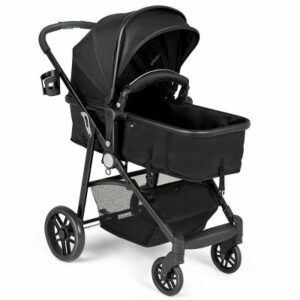
Stroller
Br32.00Add to Wishlistወደ ጋሪው አክል፡ "%s"Add to Wishlist -
Sale!

Baby bottle
Br25.00 – Br30.00Add to WishlistSelect options This product has multiple variants. The options may be chosen on the product pageAdd to Wishlist




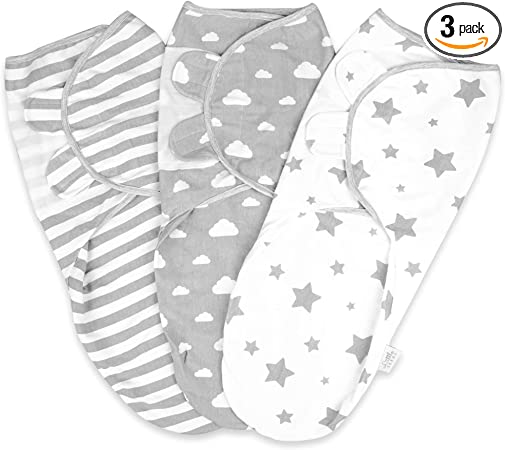
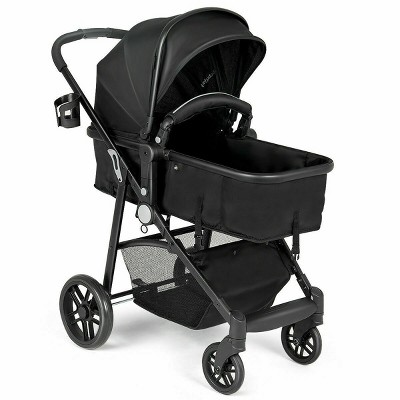
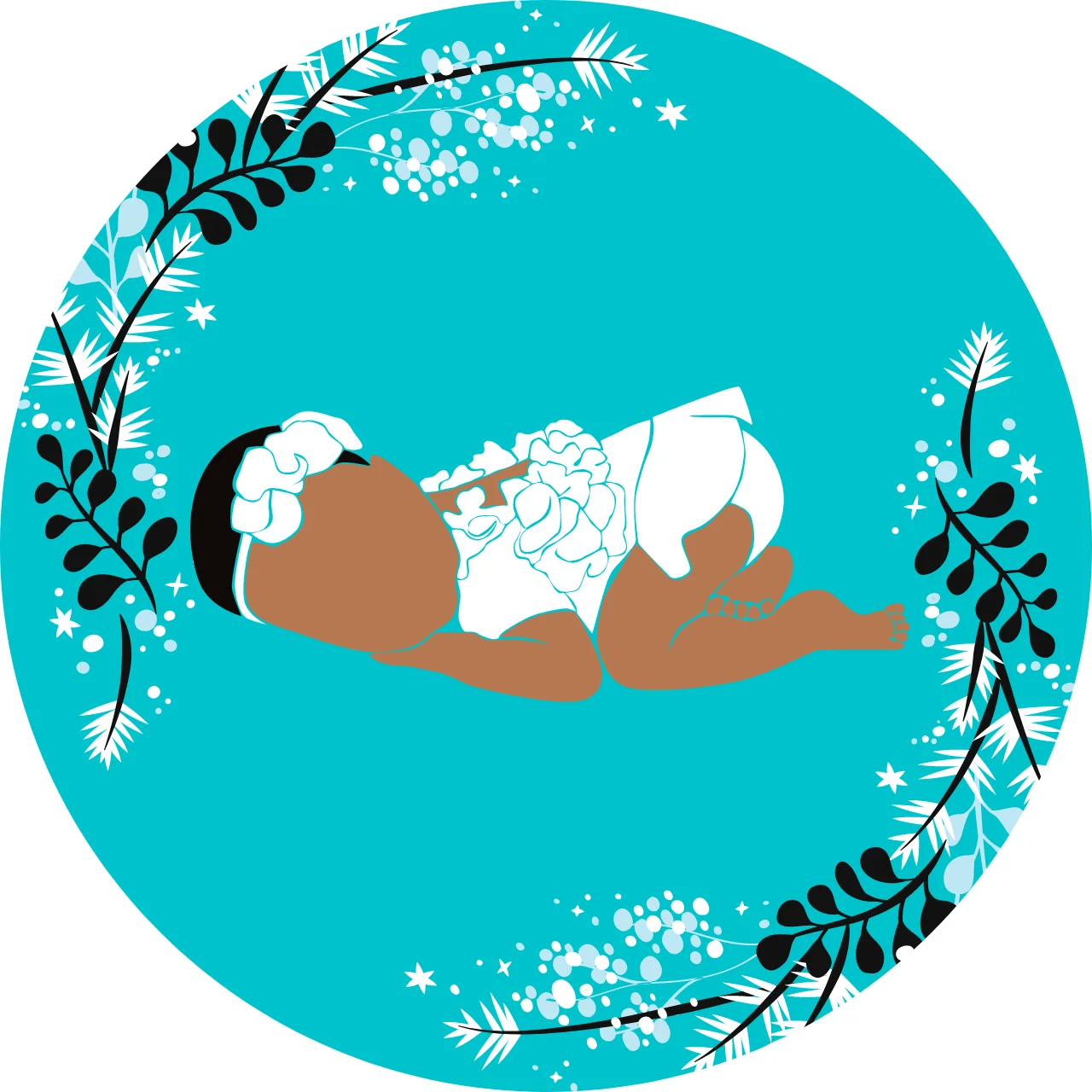
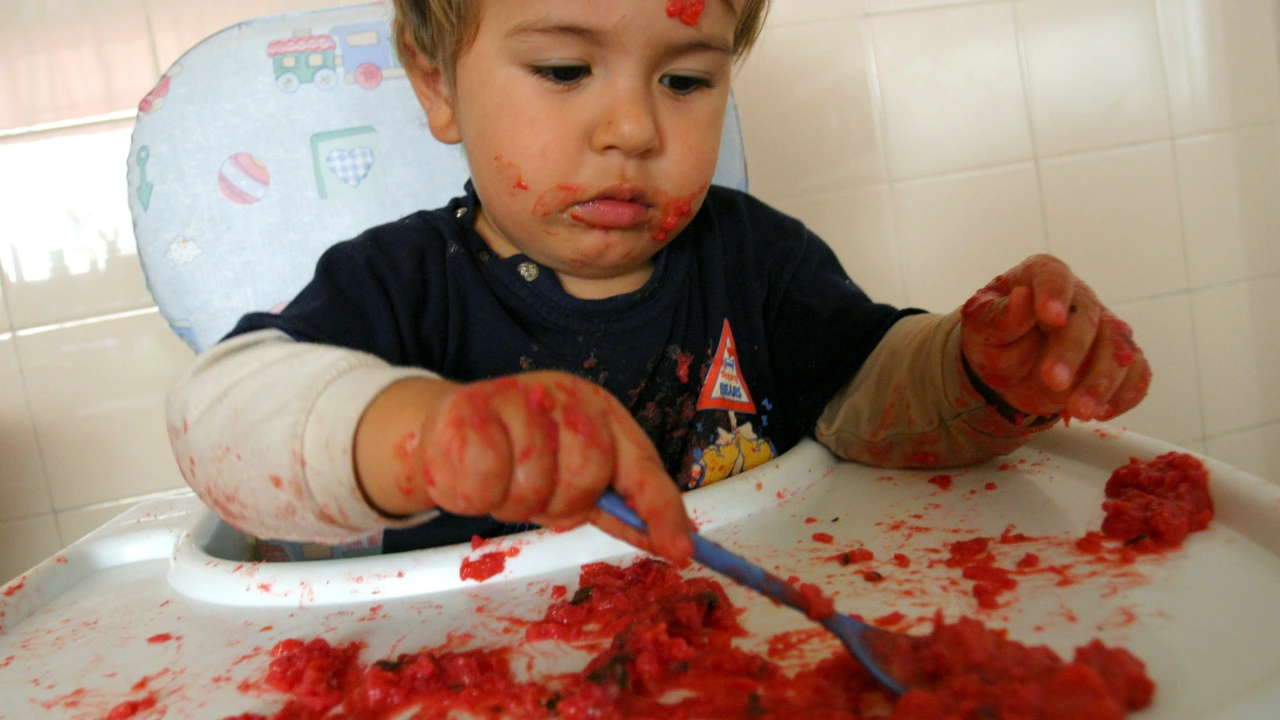
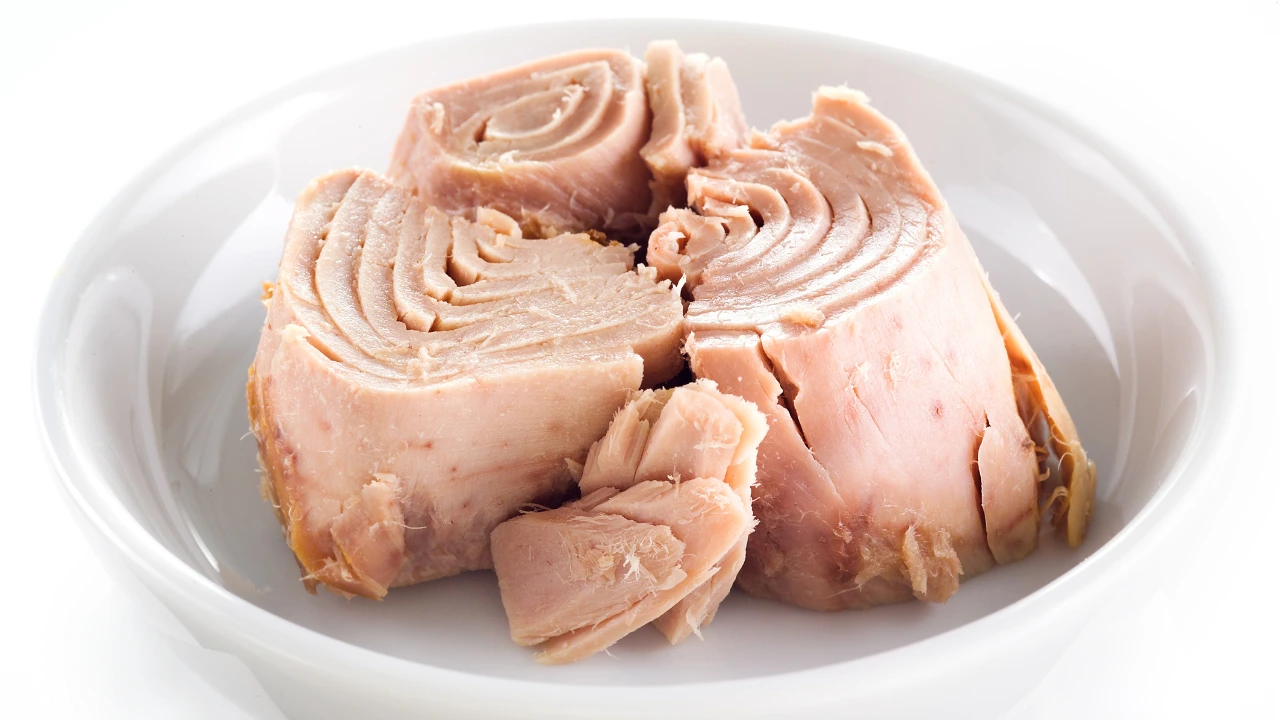

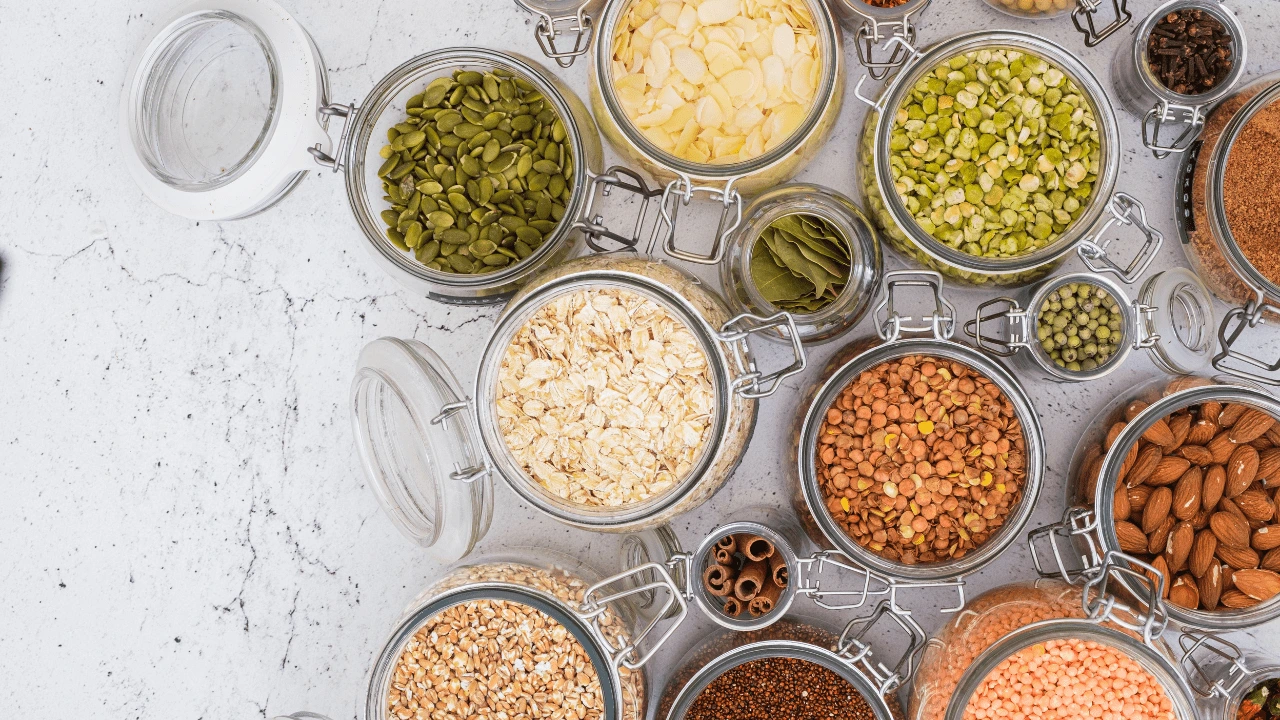
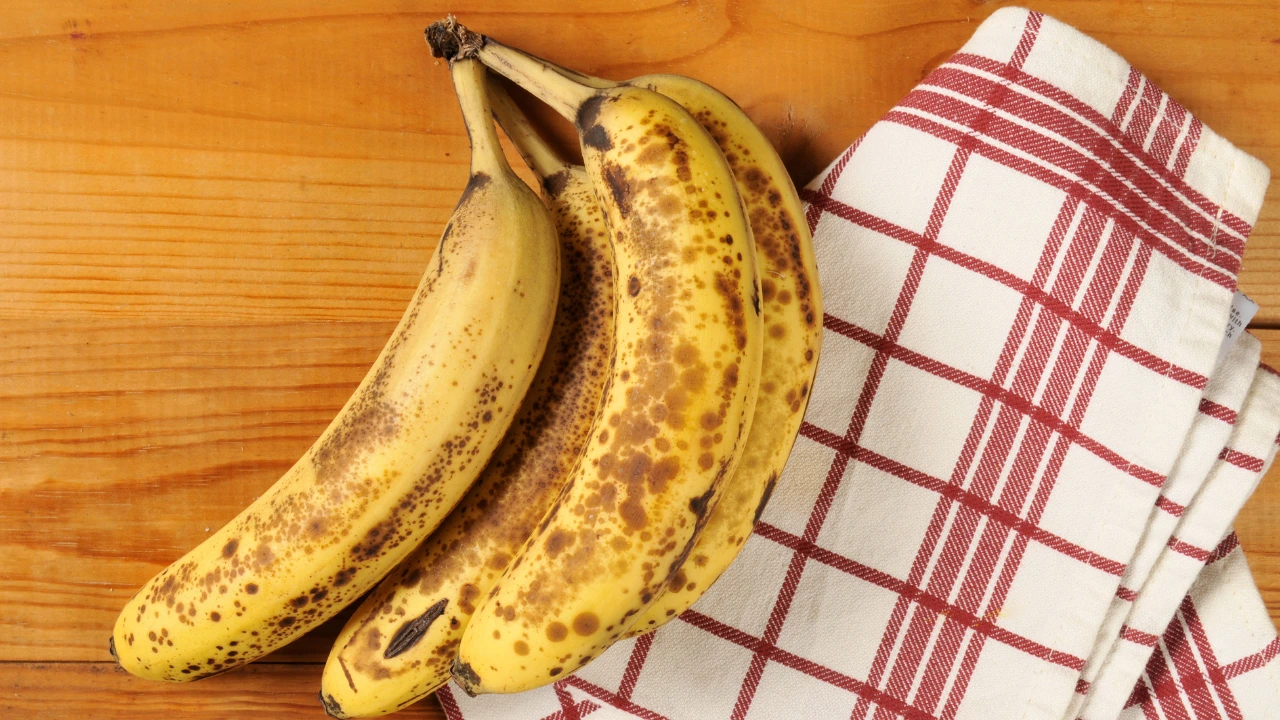
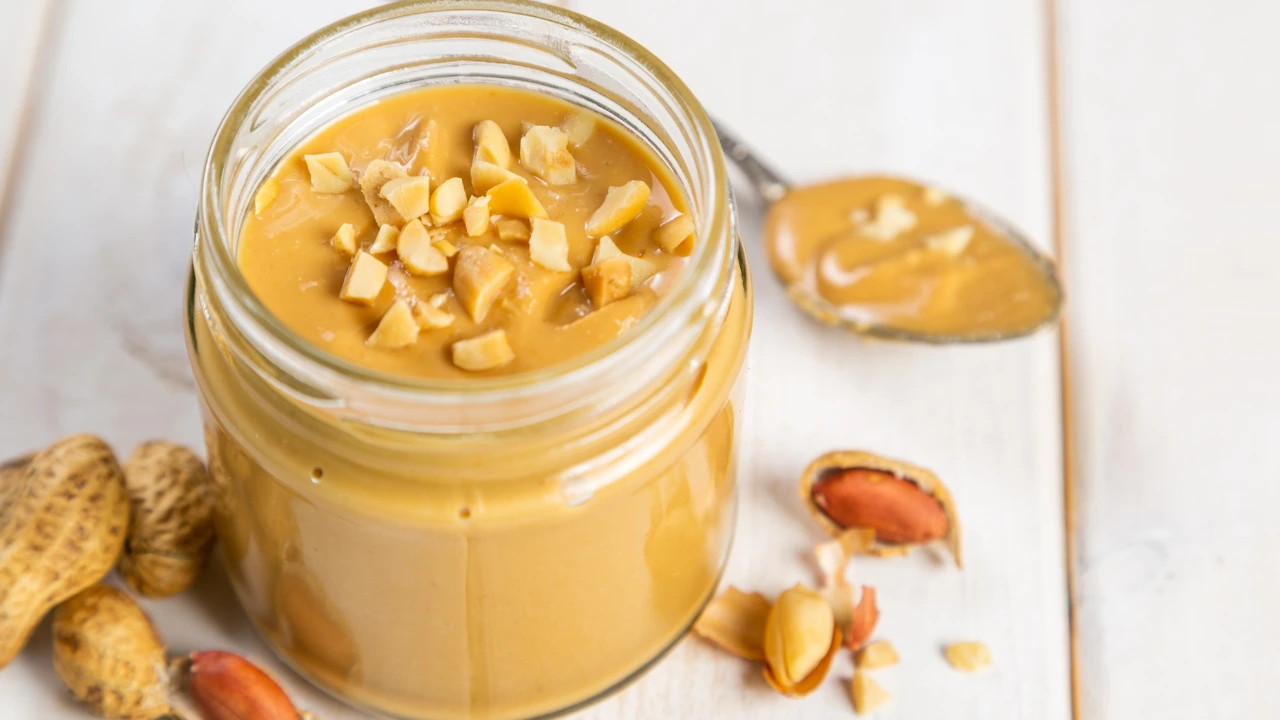
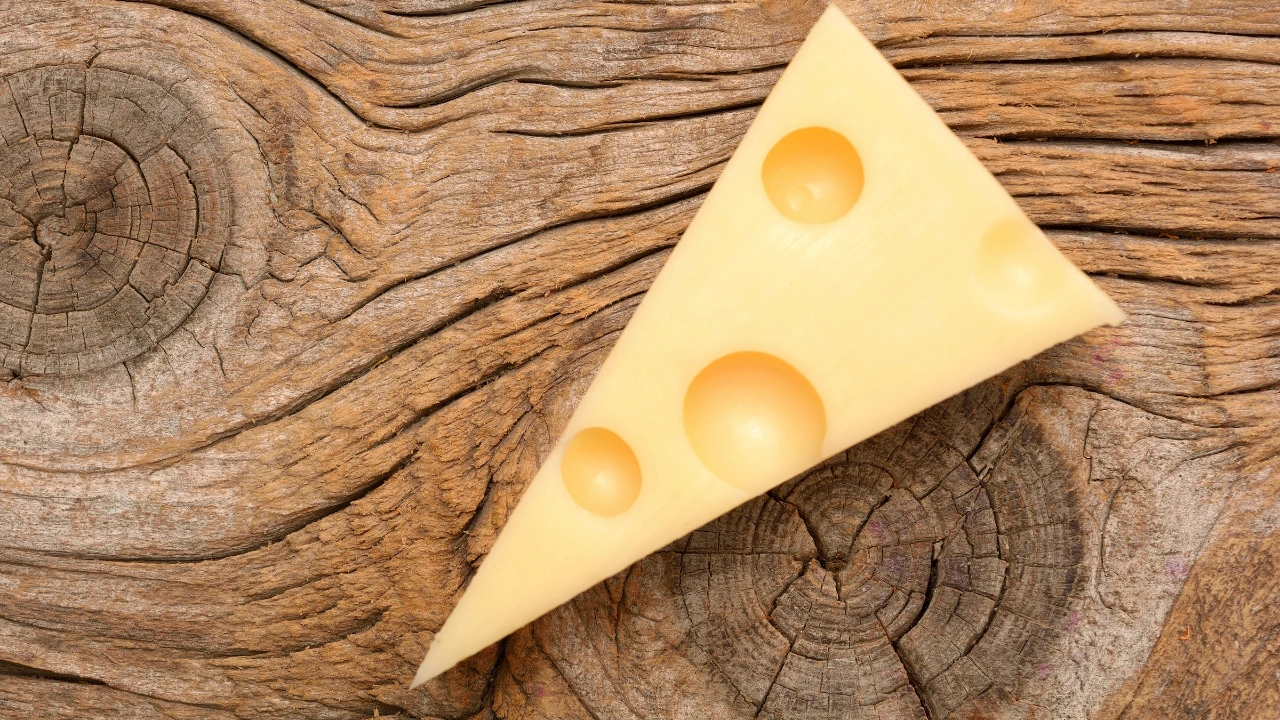
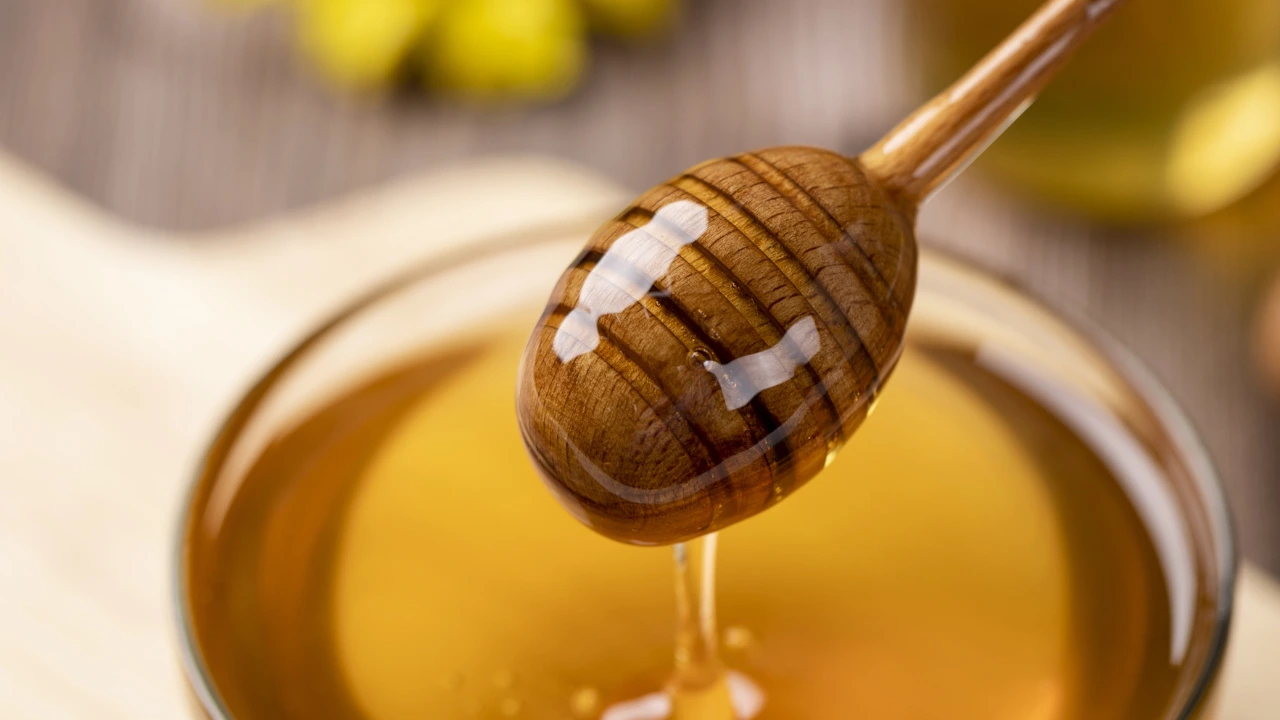


Add a Comment